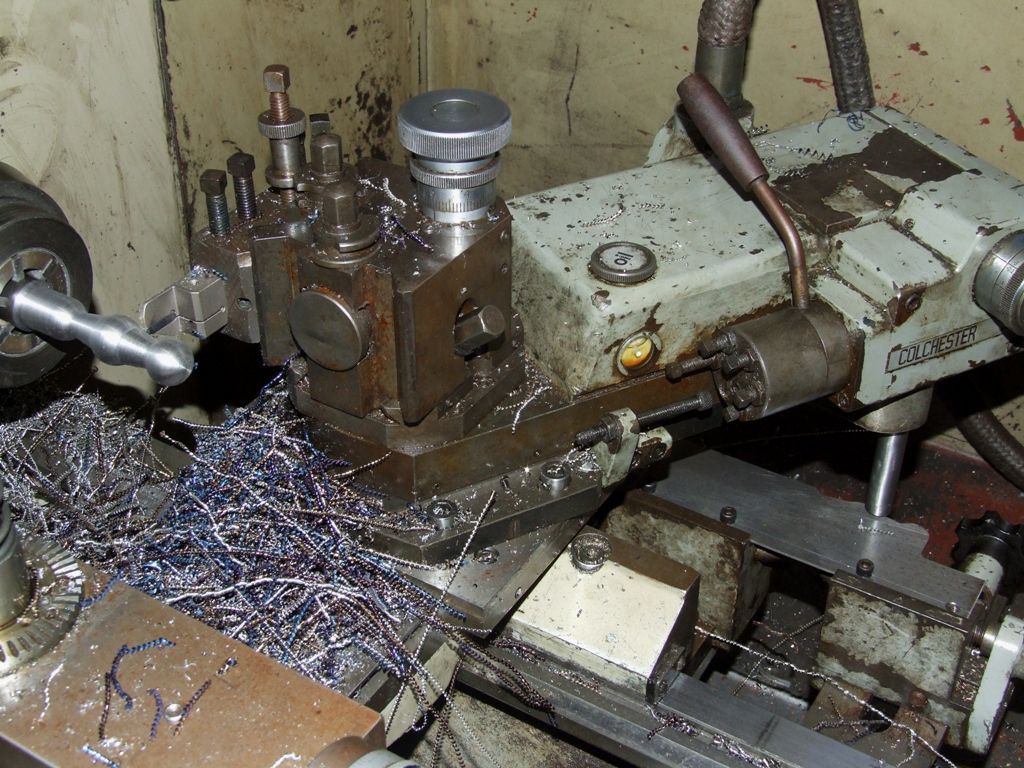I can't comment directly on the selected lathe, as I've never used one. I have visited Warco to look at milling machines with a mate who was thinking of buying one, not for me though. Here are a few thoughts, make of them what you will:
In theory a 3-phase motor runs more smoothly than a single phase motor, although the difference is unlikely to be apparent on most lathes. if I didn't have a 3-phase supply I'd go for a VFD and 3-phase motor, followed by a BLDC motor. I'd avoid brushed DC motors, I have one on my mill power feed and the brushes are a PITA. One issue with any of the electronic speed controllers is that at low speed the motor is constant torque, not constant power. If turning a large diameter at slow speed it may not be possible to take a decent depth of cut. Gears/belts provide constant power so torque increases as speed decreases, but they are expensive to provide.
I use micrometers for almost all my measurements up to 18". Calipers only get used for rough work. For micrometers an increment of 0.01mm is fine. Trying to measure to a micron is expensive and probably pointless in the average workshop, amateur or professional. Mitutoyo do a digital 0-25mm micrometer with an accuracy of 0.5um; it costs £1980 including VAT. All of my micrometers are secondhand, mostly bought on Ebay.
When I first started out I bought a genuine Dickson toolpost for my lathe, but never fitted it and never will. I prefer the simplicity and better rigidity of the original 4-way toolpost. If using multiple tools for a job I simply keep a set of shims with each tool when swapping. It doesn't take much longer to swap a tool in the 4-way than with a QCTP. Most of my turning is done with four tools; roughing tool, knife tool, parting off blade and boring bar. Of course some jobs require specials, insert and HSS, but the overall number of tools for a given job is still small. Personally I think QCTPs are a waste of money. A common comment on here is that we are amateurs and have the time to take lots of small cuts. So why is it so important to save a few seconds when changing a tool?
I use a Dickson QCTP on my hydraulic copy unit as that is what it came with, but in general I am taking fairly small cuts:

While a tool needs to be on centre height to cut correctly the degree of accuracy needed is sometimes over-stated. I don't have a centre height gauge, I judge the tool neight by eye against a tailstock centre when setting up. Quick 'n' easy and works fine for me.
Andrew
Ron Laden.





